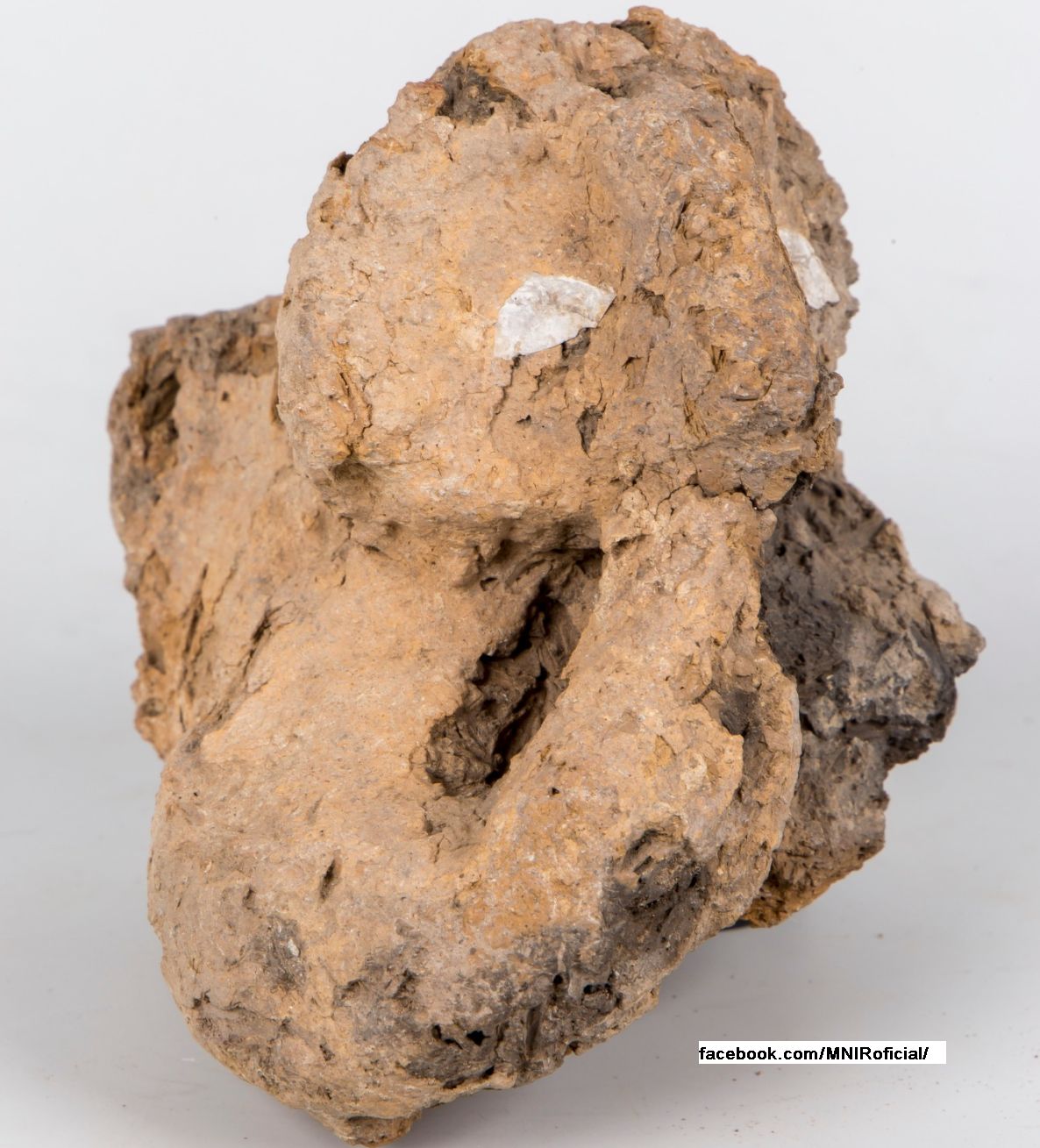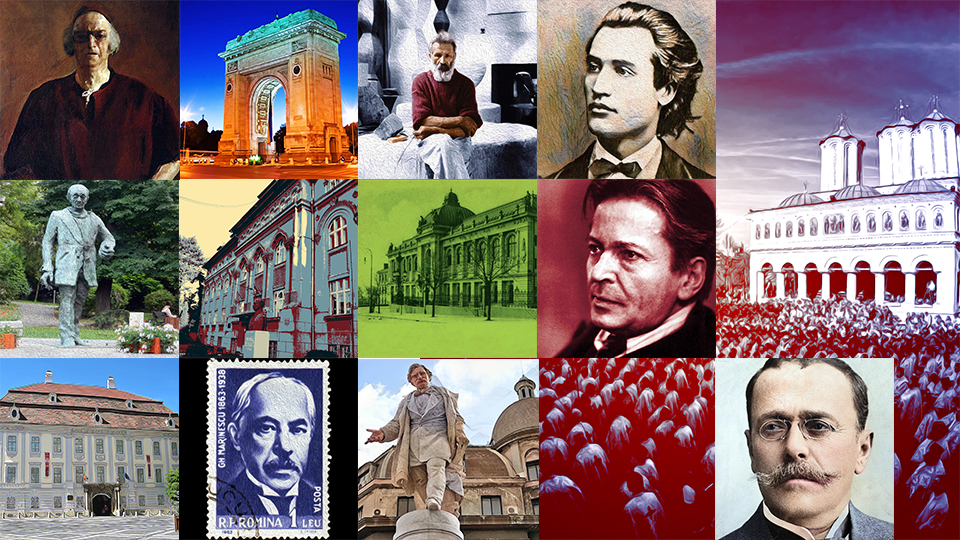The Tudor Arghezi Memorial House
Tudor Arghezi is the type of rare poet who creates watershed moments in literature.

Christine Leșcu, 05.05.2018, 18:12
Tudor Arghezi changed Romanian poetry fundamentally, also writing prose and promoting the interwar avant-garde. He is also famous for his colorful life. He was born in 1880, his real name being Ion Theodorescu. He was a monk, a worker in a sugar factory, and traveled to Italy and Switzerland. He was a rebellious spirit, coming in conflict with the authorities several times between 1918 and 1919, even ending up in prison. In prison he got the idea of finding his ideal home. This became the March House, and museum curator Marieta Radoi-Mihaita told us about it:
Marieta Radoi-Mihaita :“The story of the March House starts in 1926, when Tudor Arghezi decided to buy a piece of land with a surface of almost two hectares. The first thing he did after buying the land was to plant fruit trees and vine. He got the idea while lingering in Vacaresti prison, which is opposite March Street. That happened around 1919. Looking out the window of his prison cell, Arghezi was thinking of how his wife would have an easier time bringing him hot soup if she lived right across the street. The cherry orchard of today became part of literary history, because during the time when the poet was banned, between 1948 and 1954, the earnings from selling cherries were the main source of income for the poet and his family. He could not put anything in print at the time, and had been removed from school curricula.”
The communist regime ended up rehabilitating him. Getting back to the interwar period, his house started getting built in 1928, and work ended in 1940. A year before, in 1927, Arghezi debuted with a volume of poetry called Proper Words. The connection between his poetry and his home seems essential now.
Marieta Radoi- Mihaita: “The house started being built in 1928. After the first two rooms were built, around 1930 the family moved in the March house, which was built with money made from writing. Barutu, the poets son, said: When daddy finished a book, he built a new room. At that time, people still read, and you could make a decent living from writing and journalism. That is how Arghezi built his house, window by window, room by room, until he built 18 rooms, a loft and an attic. In addition, he started building a printing house to publish his works. They started building in 1937, and it lasted until 1947, but he only managed to print one brochure, because in 1948, the wave of nationalization meant that his printing machines were confiscated.”
The Arghezi family, protected by the March House walls and orchard, at that time lying on the edges of Bucharest, became very much attached to it. Arghezi, his wife Paraschiva, their daughter Mitzura, are all buried in the courtyard of the house, in the shade of a venerable walnut tree planted by the poets wife in the early 1940s. In 1977, the communist regime wanted to turn the house into a kindergarten, then wanted to demolish it in 1987. This was prevented by Mitzura Arghezi, using the will left by the poet upon his death in 1967, since the poet had seen to the houses design and building piece by piece.
Track Marieta Radoi-Mihaita: The houses design is largely the poets, but he was helped by famous architect G. M. Cantacuzino. Finances counted a lot too. It is a house designed on a long axis. The rooms open into one another. It looks a bit like a monastery. Seen from above, we can see the small towers, and the roof is shaped like a cross. In his will, the poet wrote that he wanted this house to become a museum 7 years after he passed away. Everything was settled in the late 1950s, when the poet donated his house to the Romanian state during his lifetime. In 1974, the home finally became a museum, as the poet had wished.”





























